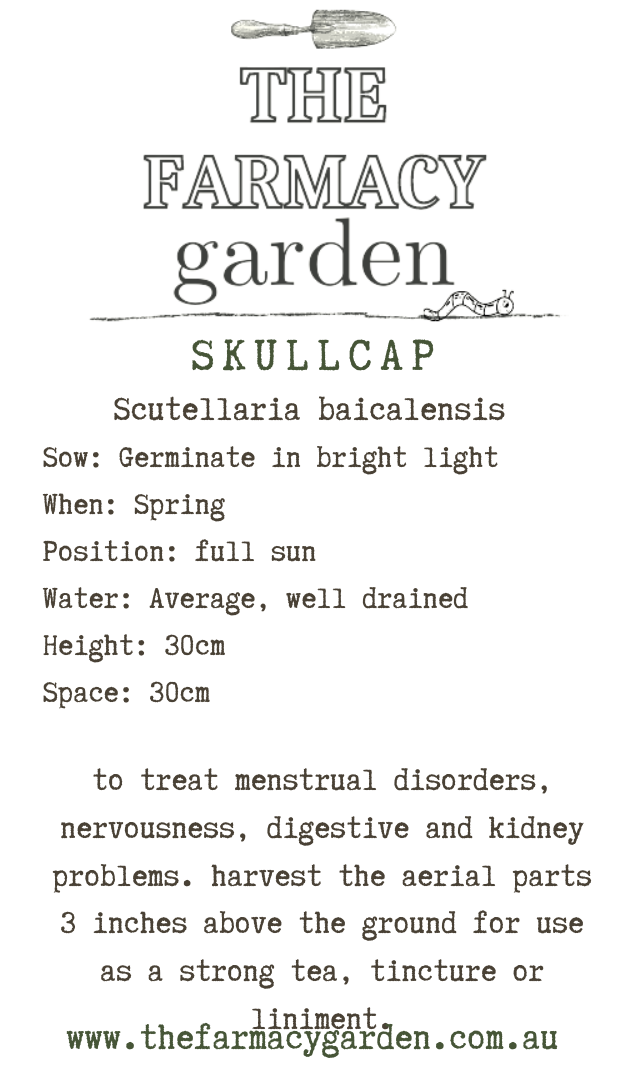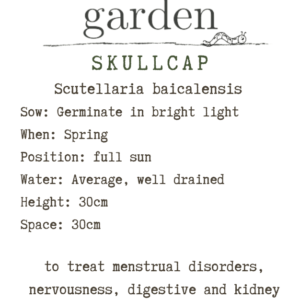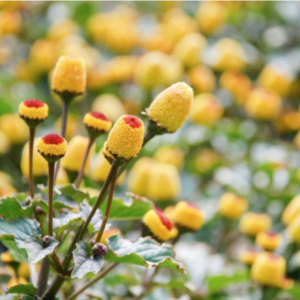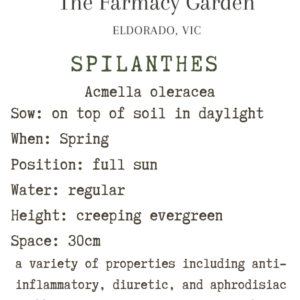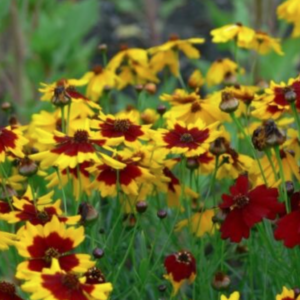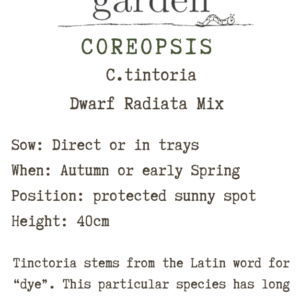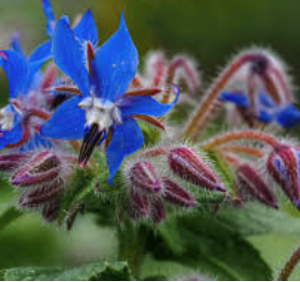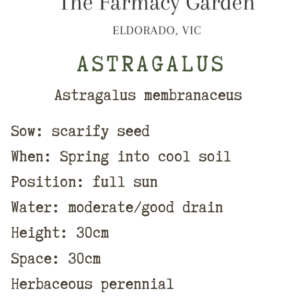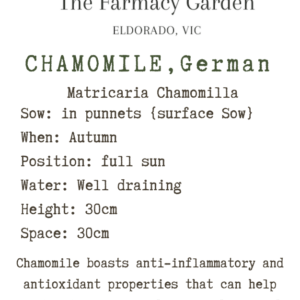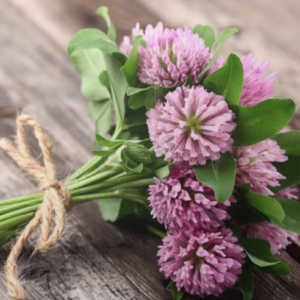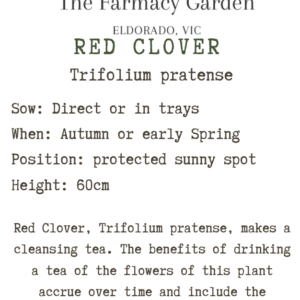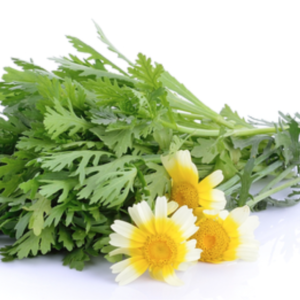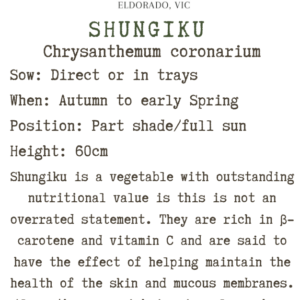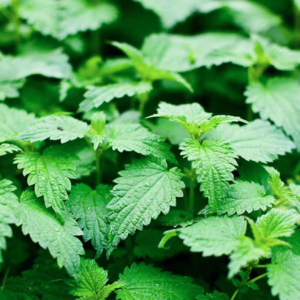Scullcap (Chinese) Seeds, Scuttellaria baicalensis
$8.50
Scutellaria baicalensis Georgi, or Chinese skullcap, has been widely used as a medicinal plant in China for thousands of years, where the preparation from its roots is called Huang-Qin. Tough creeping perennial plant hardy to zone 4 that dies down in winter. In spring it sends up a cluster of fairly slender, square shaped stems which quickly branch and can reach 30-90 cm in height. The leaves are narrow lance shaped mid green 1-6 cm long arranged in opposite pairs all along the stems. Flowers are produced at the axils of these leaf pairs all along the stems.
Scutellaria baicalensis Georgi, or Chinese skullcap, has been widely used as a medicinal plant in China for thousands of years, where the preparation from its roots is called Huang-Qin. Tough creeping perennial plant hardy to zone 4 that dies down in winter. In spring it sends up a cluster of fairly slender, square shaped stems which quickly branch and can reach 30-90 cm in height. The leaves are narrow lance shaped mid green 1-6 cm long arranged in opposite pairs all along the stems. Flowers are produced at the axils of these leaf pairs all along the stems. They are tube shaped, hooded, with two lips, the upper lip being the hood and the lower lip having two shallow lobes, usually bright blue in colour but can be lavender or rarely pink. After pollination the top section of the flower closes over the lower section to give the appearance of a capsule with a lid, this splits into two sections when the seeds are ripe allowing dispersal. The roots are yellow to ocher in colour often fibrous with a central tap root. The calyx at the base of the flowers is in the same shape as the medieval helmets worn in Europe which is where the name “skullcap” is derived.
GROW: Baikal Skullcap prefers a sunny to part shade position, with a light soil if possible. The soil should be well drained, but should not dry out completely. The potency of the active chemicals in the roots is said to be greater if the plant is grown in poor, sandy soils. baical skullcap is very easy to grow from seed and needs little extra care. While it can be sown directly we usually recommend starting indoors for better control. Follow our general growing instructions and seeds should germinate in 10 – 20 days. Keep seeds moist at all times but not wet. Transplant to individual pots when large enough to handle and grow on until plant is sufficient size to be transplanted to its final location. Ensure that plants are hardened off for full sun exposure before transplanting.
HARVEST:
Leaves. Can be harvested from mature plants when the plant begins to bloom. Used the top sections of the stems. They can be used fresh or dried.
Roots. Can be harvested from the third year onwards in the late fall or early spring. Good quality roots should be bright yellow to ocher not any other colour.
Both roots and leaves can be dried for later use
USE: The young leaves can be cooked as a vegetable or used as a tea substitute. Baikal skullcap root is considered one of the 50 fundamental herbs used in Chinese herbalism used primarily to treat ‘hot and damp’ conditions. These would include dysentery, diarrhea, and urinary tract infections but it is also used for a myriad of other conditions including jaundice, chronic hepatitis, hypertension, enteritis, threatened miscarriage, nosebleed and haemorrhage from the lungs or bowel.
Related products
Medicinal Herb Seeds
Flower Seeds
Flower Seeds
Flower Seeds
Medicinal Herb Seeds


